5 Organic Ways You Can Get Rid Of leaf Miners
As the winter ends and the rising temperatures signal the start of spring, we all must be seeing new growth in our gardens. New branches growing out of plants that have been dormant all through the winter, flowers blossoming and converting into fruits and vegetables, it’s definitely a sight that gives all of us immense joy.
But warm weather also brings with it a barrage of harmful insects that have finally woken up from their deep winter slumber. They infest our gardens and feast on our beloved plants to procreate and multiply in numbers.
This onslaught of insects on our plants causes a variety of problems. Suddenly, we start seeing leaves that have been chewed up, or curling, or malformed. You might even see strange mine-like lines on the surface of some leaves because of insects feeding on them.
Today, we will focus on the problem of leaf miners in our garden and how we can control them organically.
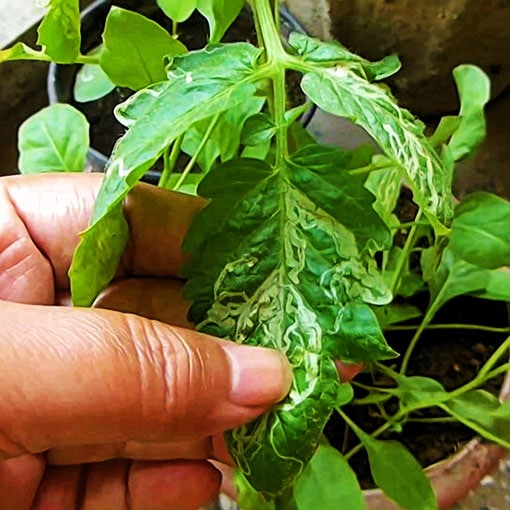
White lines indicating leaf miner attack
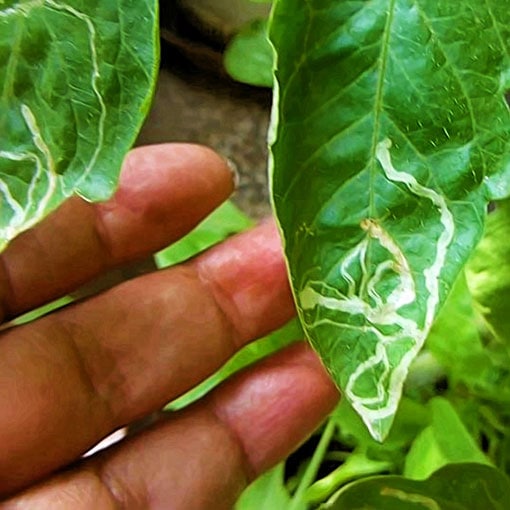
Leaf Miner in leaf of Tomato Plant
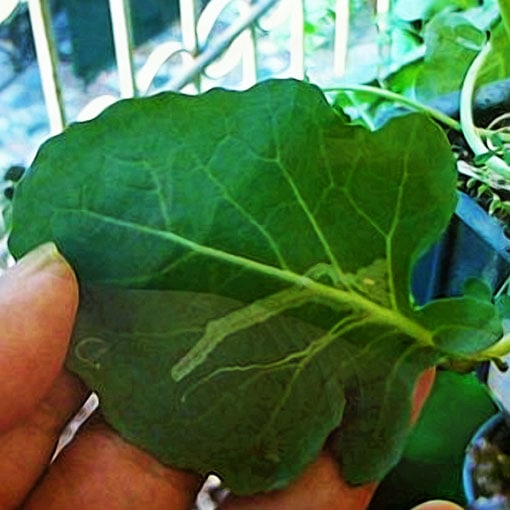
Leaf Miner in Saplings leaves
Leaf Miner / Serpentine leaf miners life cycle
Leaf Miners and their new variant Serpentine Leaf Miners can infect all types of plants. If a leaf has mine-like white lines on the leaf’s surface, then the leaf has been infected by a leaf miner. These lines are left behind when black and gray fly larvae eat and tunnel through the insides of the leaf. The life cycle of a fly spans up to 21 days. These black flies lay eggs under the surface of the leaf that hatch in 10 days’ time. The Larvae that hatch from these eggs mature in 5 to 10 days. If left untreated, they quickly multiply in numbers, especially in warm weather conditions and destroy your entire garden.
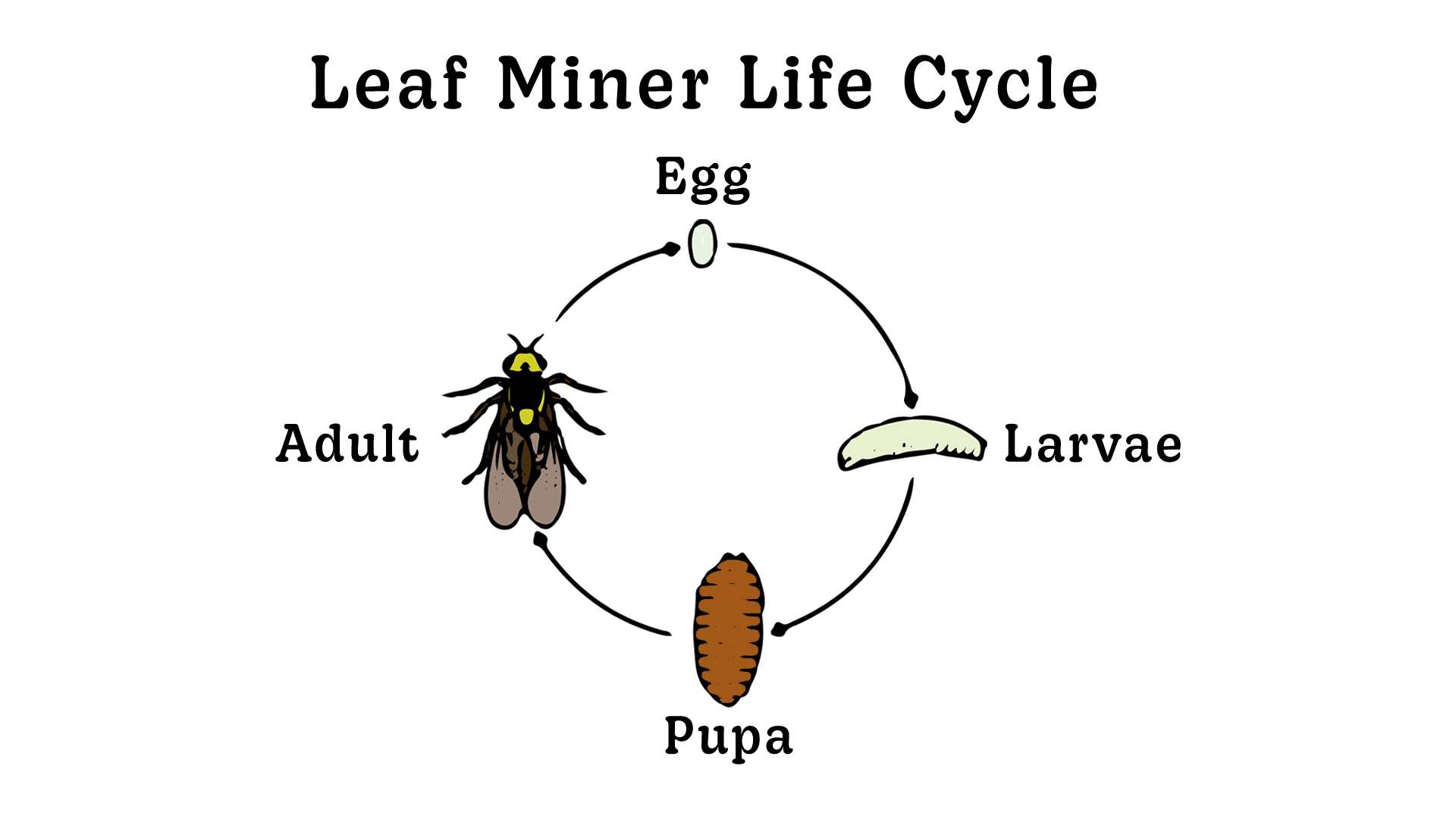
Leaf Miner Life Cycle
Let’s first understand how leaf miners harm our plants.
Leaf miners might look harmless initially, but if we don’t get rid of them in a timely manner, they can infest all the plants and damage them. High levels of larval infestations affect the plant’s ability to perform photosynthesis, which then hinders your plant’s growth and crop yields.
Young saplings are usually too weak and will succumb to death from severe infestations.
A growing plant might not die from heavy larval infestation but it will have stunted growth and unless treated in time, will never reach its full potential.
Even a fully grown healthy plant will suffer, as a severe infestation will decrease its yield of flowers and fruits. Also, the openings made by the leaf miners allow fungi and bacteria to enter the leaves, causing the leaf to yellow and then eventually drop from the plant.
Such infestations also make green leafy edible plants inedible.
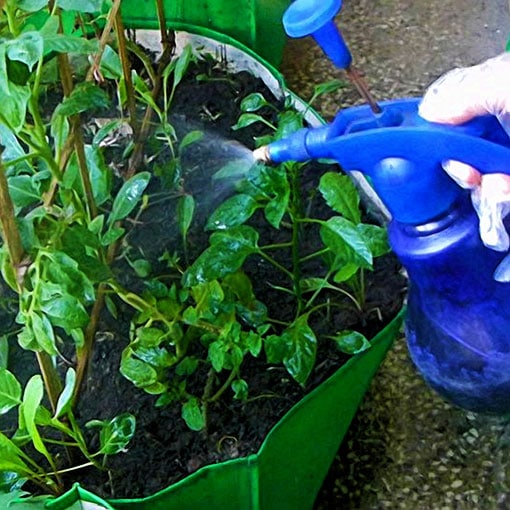
Use of Neem oil to control Leaf Miner
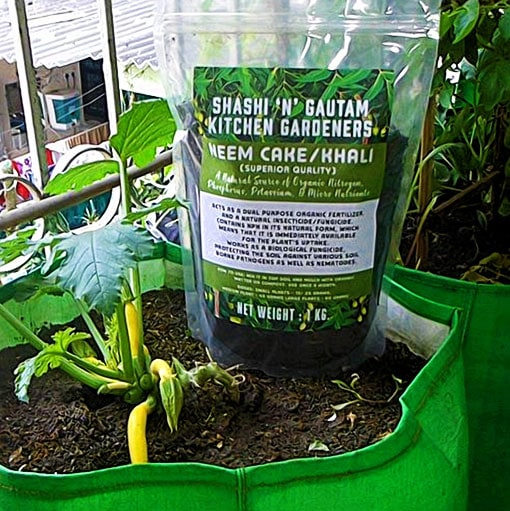
Neem Cake powder for Leaf Miner treatment
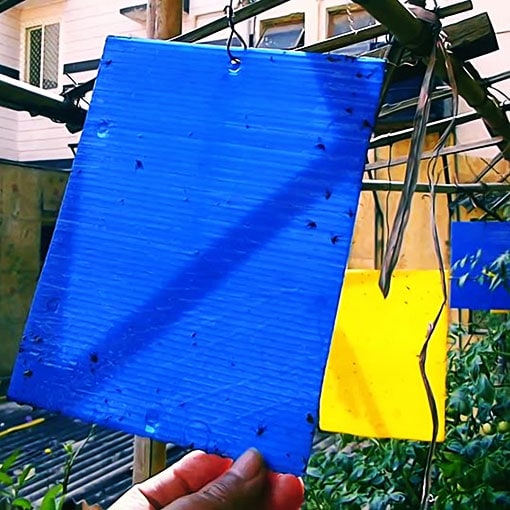
Use Blue Sticky Trap & Yellow Sticky Trap for control of Leaf Miner
How to treat leaf miners?
There are two main options for treating leaf miner in tomato, lemons, spinach, lettuce and other vegetable, fruit and ornamental plants.
One is organic treatment of leaf miner and the other is control of leaf miner through chemical insecticides and pesticides.
Personally, we recommend organic control of Leaf Miner due to two reasons.
First, chemical insecticides and pesticides only work on leaf’s surface while leaf miner larvae grow inside the leaf.
Second, use of chemical insecticides and pesticides only leads to new resistant variants of leaf miners cropping up. So, even if there is an initial decrease in the adult population and lower infection rates, in the long run, plant damage increases manifold because of the new resistant variants.
Chemical pesticides also kill natural enemies of leaf miners, leading to an uncontrolled increase in their population.
So, for us Chemical control is a big no.
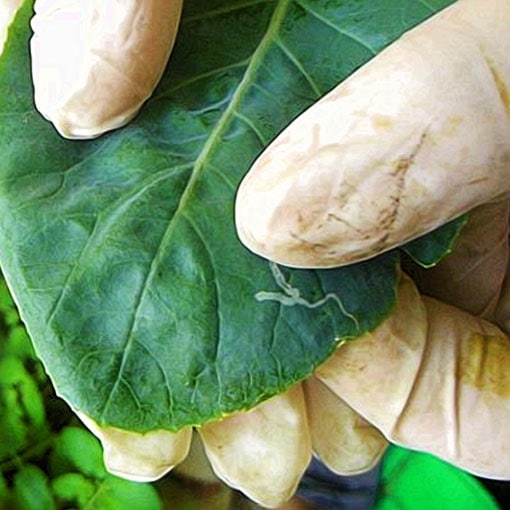
Squeeze Leaf Miner to Death
Leaf Miner Organic Treatment
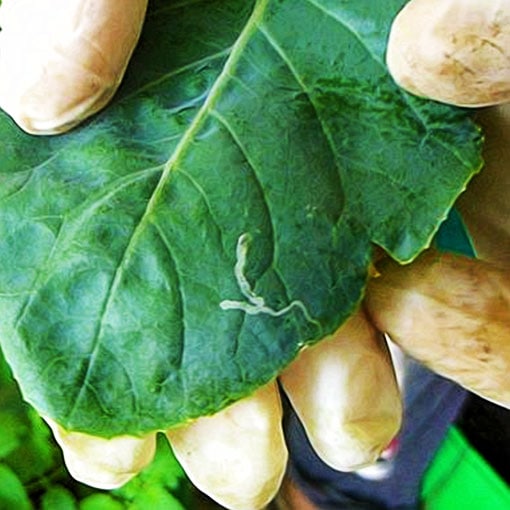
Starting of serpientine leaf miner tunnel in a leaf
Breaking The Leaf Miner Life Cycle.
All Leaf Miners have Four Major Life Stages: Egg, Larva, Pupa and Adult. The Adult Fly doesn’t live very long, 1-2 weeks at most. Female Adults lay creamy white to yellow eggs on the underside of leaves. These eggs hatch into 0.5mm long larvae after 4-5 days. These larvae are yellowish/off white in colour and soon start tunneling through the leaves to eat their full, leaving behind cream coloured streaks on the surface of the leaf. These mines may turn brown after some time. After a while, these larvae start moulting, and you might see caterpillars on the surface of the leaf during this time. After almost 20 days, the larvae form a hard light to dark brown pupa around it. After 10-13 days, the adult fly emerges, about 5-7 mm long in size. These adults then go on to mate and lay eggs, starting the cycle all over again.
To break it’s life cycle, start by removing all the infected leaves first. Then crush these leaves as much as possible to kill the larvae inside them and dispose of them somewhere far from the garden.
On leaves where the infection has just started and you can easily see where the tunnel starts and ends, press down on the tunnel’s end with your thumb to crush the larvae to death.
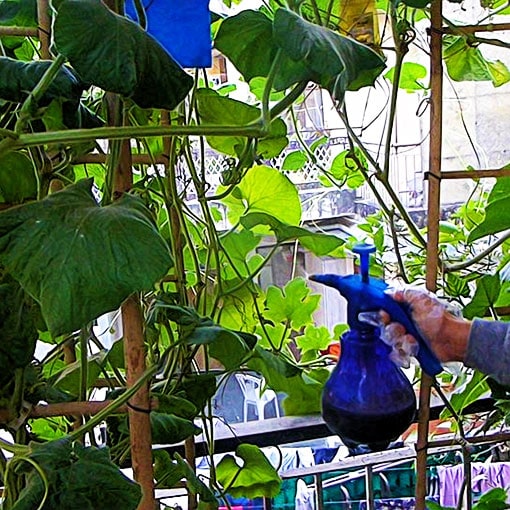
Spray Neem oil to control Leaf Miner
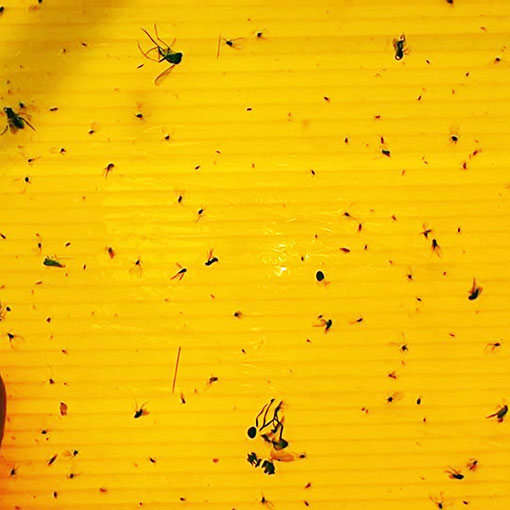
Trapping Leaf Miner Adult using Yellow Sticky Trap
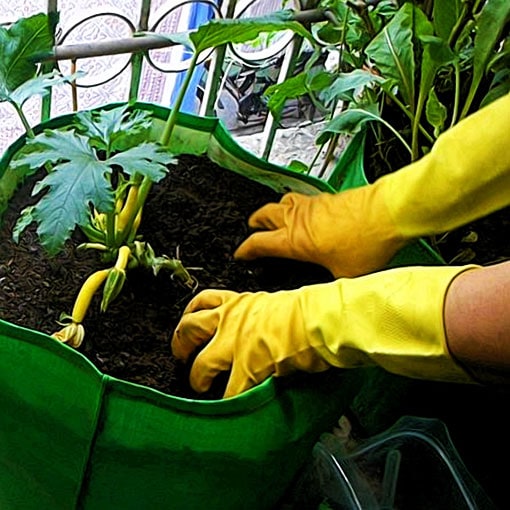
Mix Neem Cake powder i top soil to control Leaf Miner
Neem Oil Spray for killing larvae
The second step is to spray the plants thoroughly with neem oil. Plant leaves absorb the neem oil and when the larvae eat the leaf’s tissue, it makes such changes to their body that they stop feeding altogether, and don’t mature enough to form a pupa.
We should also use neem oil as a preventive step, especially if you have faced leaf miner problems in the past.
Trapping The Adults
The third step is to trap adults to decrease their population. Install Yellow sticky trap and blue sticky trap in your garden. These sticky traps attract leaf miner flies and other harmful flying insects and once they land on the trap, they get stuck on them and can’t escape, ultimately dying.
Kill the Larvae in the soil
As a fourth step, we add Neem Cake Powder to the soil. Most of the larvae fall to the ground before they pupate and we know that neem cake powder retards the growth of harmful pests in the soil. It also has adverse effects on the larvae, and most of them never emerge as adults after they pupate.
You will also have to make sure to keep the plant healthy by feeding it quality organic fertilizers on regular intervals. A healthy plant will be less impacted by such infestations.


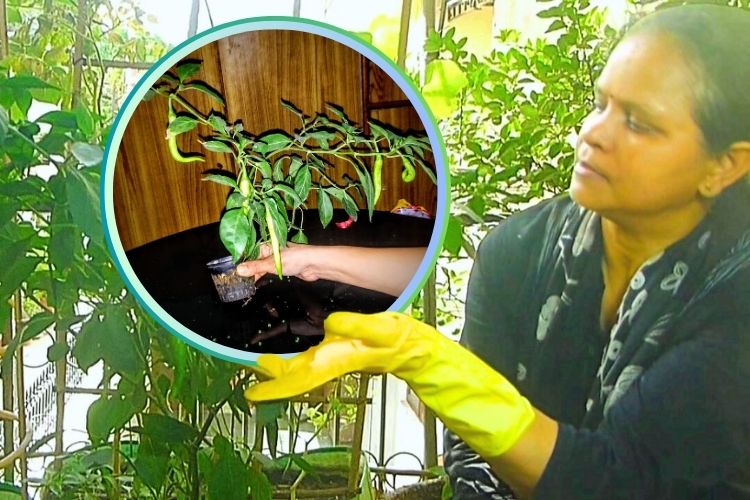
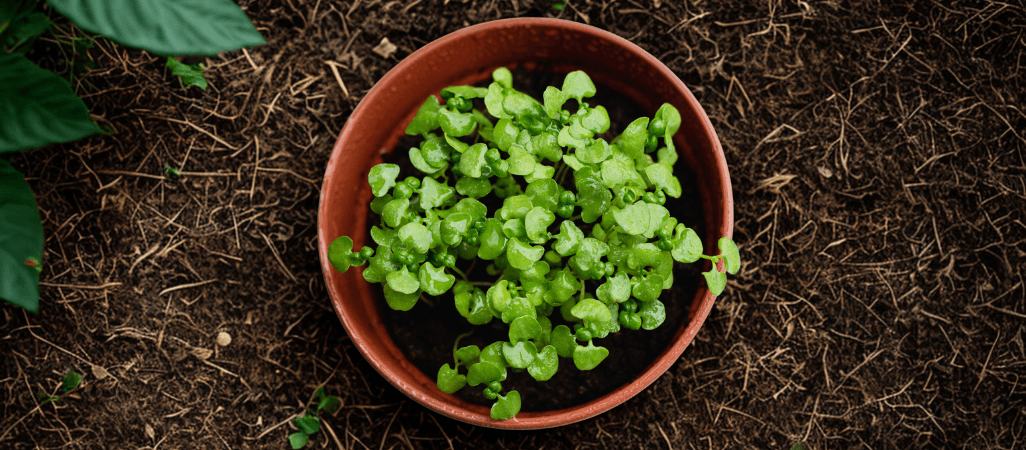
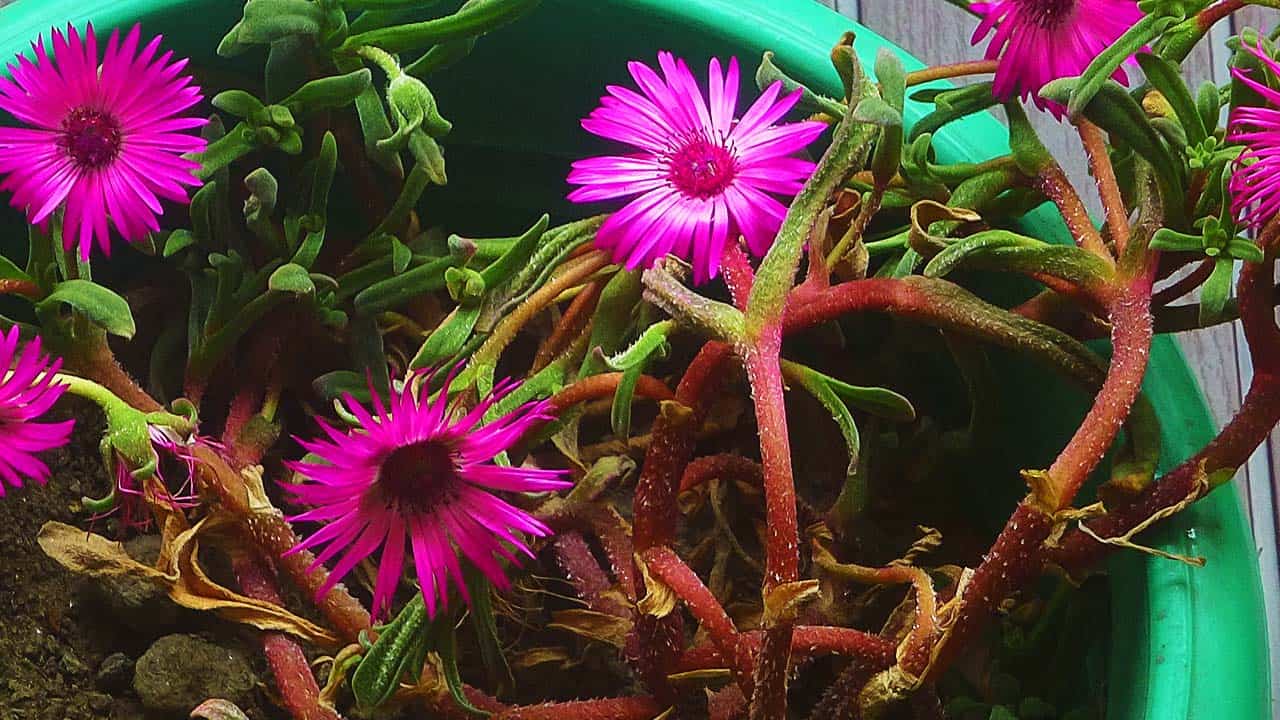
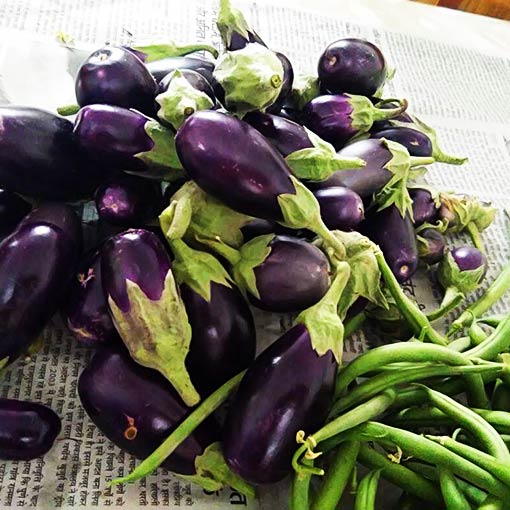


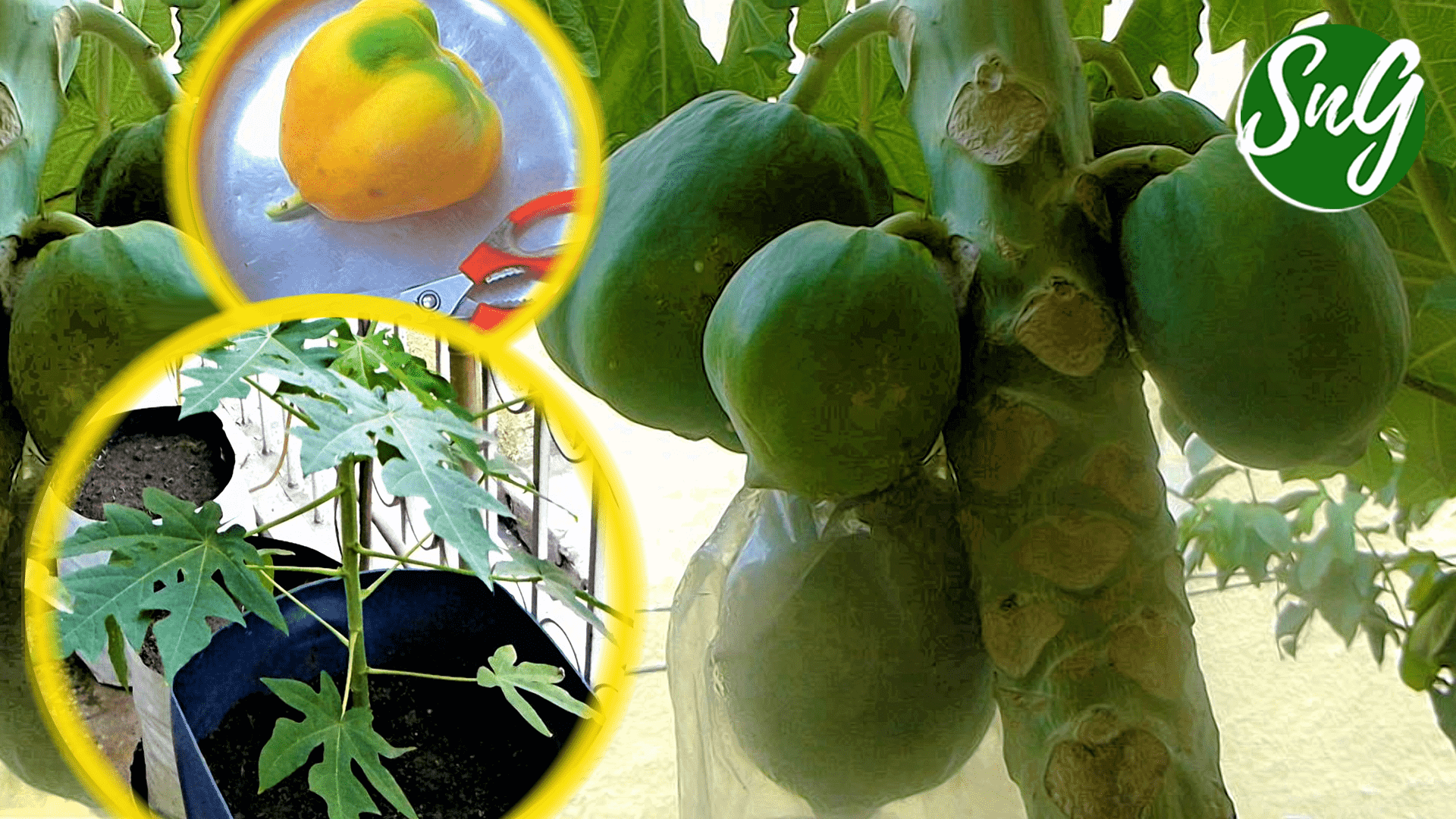


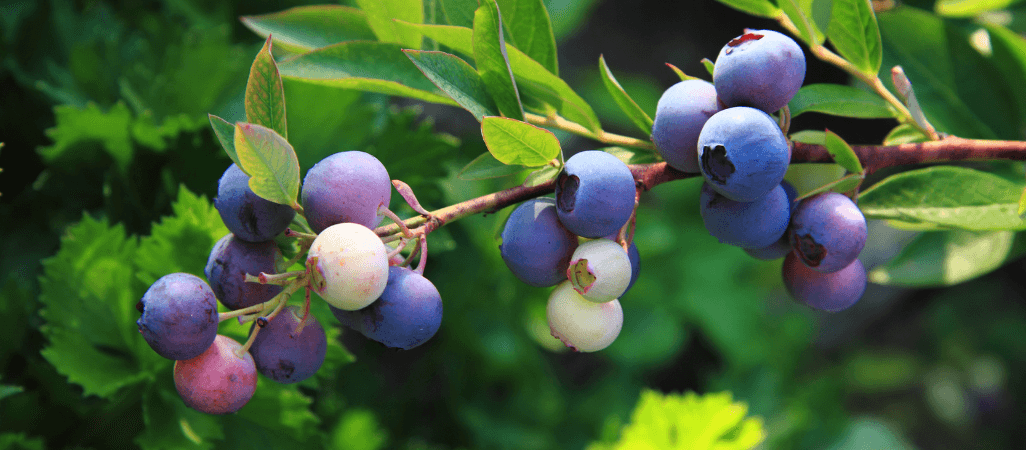
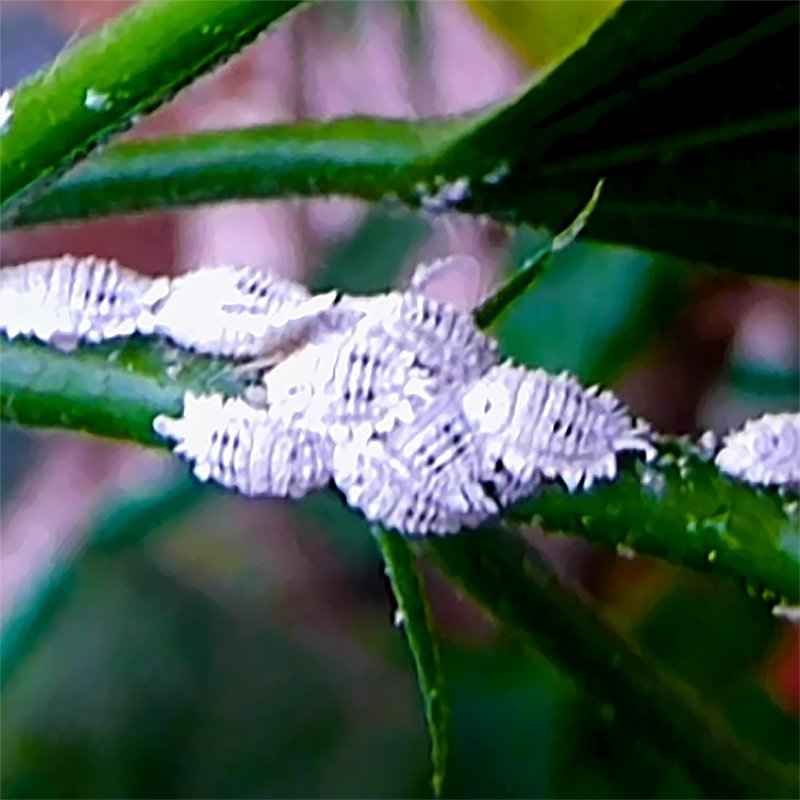
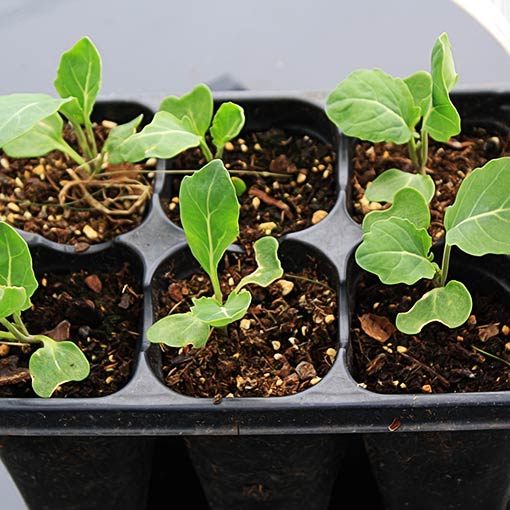

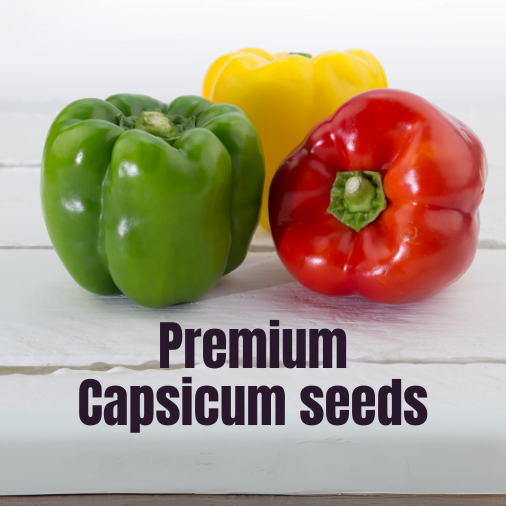

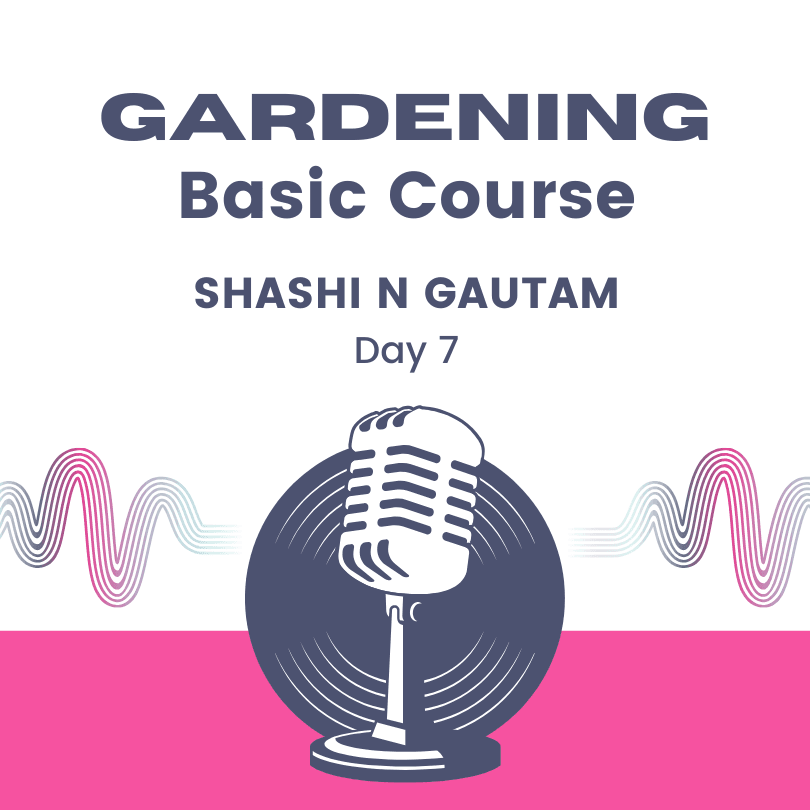

Thanks for appreciating our Neem Oil. It is cold press neem oil with no added pesticide.
Readers can get more information on neem oil from below given link.
https://shashingautam.in/web-shop/neem-oil-for-plants-online-india
I received neem oil as a gift with my order and I must say that it’s quality and results are far better than the one I was using previously. Highly recommend.